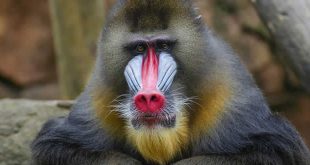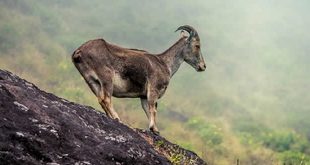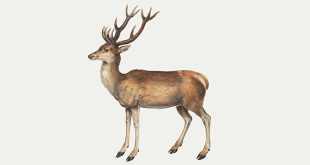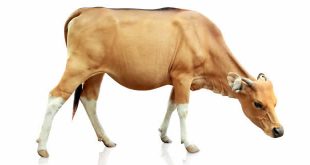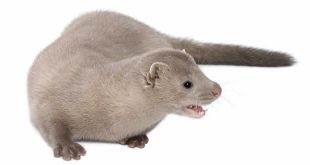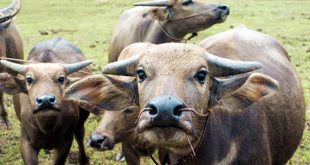 Porcupine — Porcupines are rodents with a coat of sharp spines, or quills, that defend them from predators. Porcupines are the third largest rodent, after the capybara, and beaver, and are not to be confused with hedgehogs which are Erinaceomorphs. Most porcupines are about 25-36 inches (60-90 cm) long, with an 8-10 inch (20-25 cm) long tail. Weighing between 12-35 pounds (5-16 kg), they are rounded, large and slow. Porcupines come in various shades of brown, grey, and the unusual white. The name “porcupine” comes from Middle French porc d’épine “thorny pork”, hence the nickname “quill pig” for the animal.
Porcupine — Porcupines are rodents with a coat of sharp spines, or quills, that defend them from predators. Porcupines are the third largest rodent, after the capybara, and beaver, and are not to be confused with hedgehogs which are Erinaceomorphs. Most porcupines are about 25-36 inches (60-90 cm) long, with an 8-10 inch (20-25 cm) long tail. Weighing between 12-35 pounds (5-16 kg), they are rounded, large and slow. Porcupines come in various shades of brown, grey, and the unusual white. The name “porcupine” comes from Middle French porc d’épine “thorny pork”, hence the nickname “quill pig” for the animal.
The animal’s quills or spines take on various forms, depending on the species, but all are modified hairs coated with thick plates of keratin, and they are embedded in the skin musculature. Old World porcupines (Hystricidae) have quills embedded in clusters, whereas in New World porcupines (Erethizontidae) single quills are interspersed with bristles, underfur, and hair.
Porcupine quills are as sharp as needles, detach very easily, and will remain embedded in an attacker. Unlike needles, however, the quills of New World porcupines have microscopic, backwards-facing barbs on the tip that catch on the skin making them difficult and painful to extract. Quills are about 75 mm long and 2 mm wide. If a quill becomes lodged in the tissues of a would-be attacker, the barbs act to pull the quill further into the tissues with the normal muscle movements of the attacker, moving up to several millimeters in a day. Predators have been known to die as a result of quill penetration and infection. Quills are still capable of penetrating animals and humans even after death. The ancient belief that porcupines can throw their quills at an enemy has long been refuted.
In parts of Africa and Arabia, porcupines are eaten as a form of bush meat. Porcupine meat is also appreciated in some regions of Italy and Vietnam.
Porcupines occupy a wide range of habitats in tropical and temperate parts of Asia, Italy, Africa, and North and South America. Porcupines live in forests, deserts and grasslands. Some live in trees, others stay on the ground.
Porcupines in search of salt sometimes encroach on human habitats, eating plywood cured with sodium nitrate, certain paints, and tool handles, footwear, clothes and other items that have been coated in salty sweat. Porcupines are attracted to roads in areas where rock salt is used to melt ice and snow, and are known to gnaw on vehicle tires or wiring coated in road salt. Salt licks placed nearby can prevent porcupine damage.
Natural sources of salt consumed by porcupines include varieties of salt-rich plants (such as yellow water lily and aquatic liverwort), fresh animal bones, outer tree bark, mud in salt-rich soils, and objects impregnated with urine.
 Kids Portal For Parents India Kids Network
Kids Portal For Parents India Kids Network
